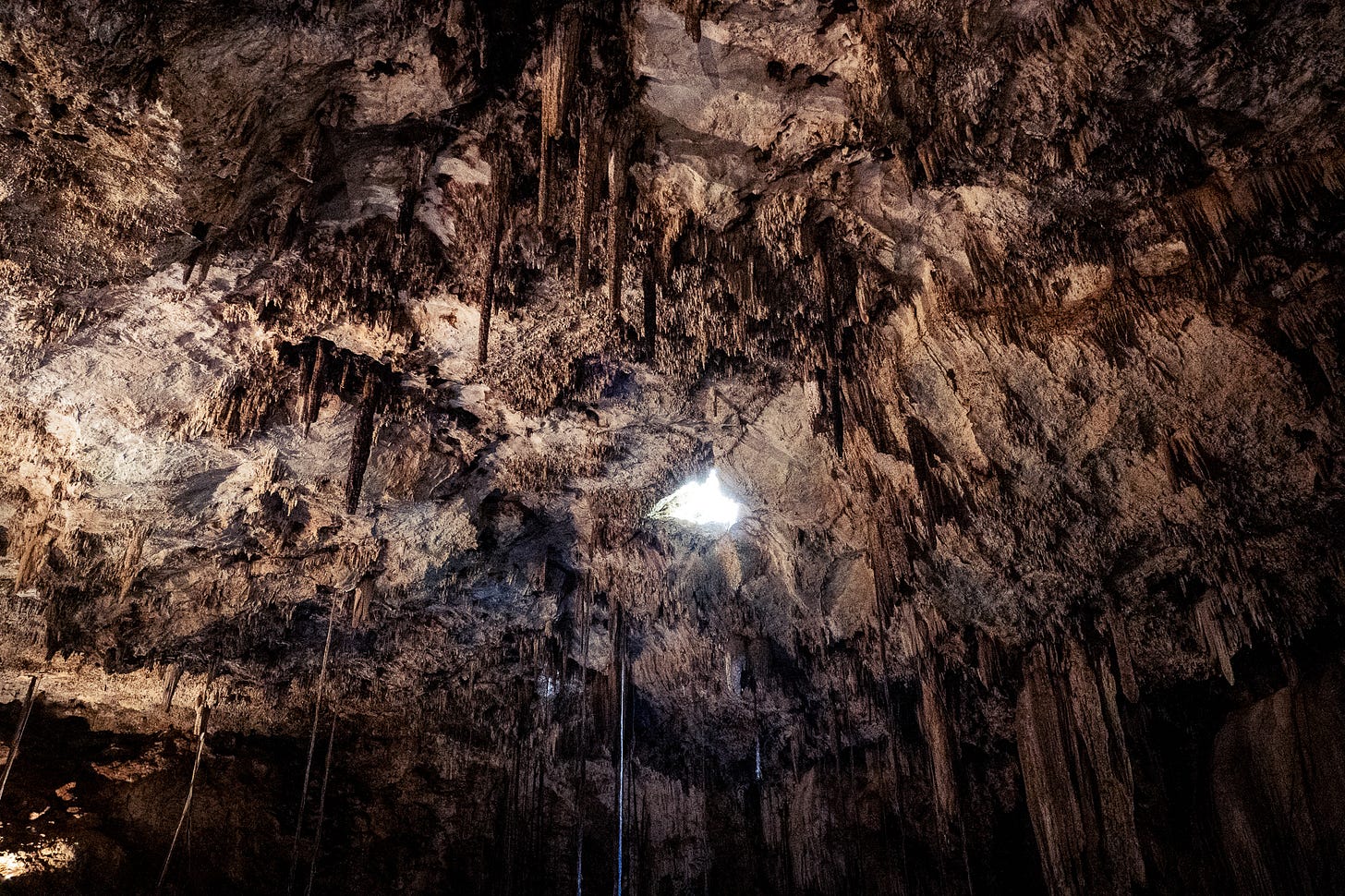Magic unfolds when you follow the signs
How letting the universe guide me led me to an encounter with a former soldier and a Maya priest, and what they taught me about the importance of asking for permission.
After being nudged toward the Maya world, I hopped on a ferry to Cancún, planning vaguely to drift west toward Mérida. But the lady at the bus terminal had other ideas. “Stop in Valladolid,” she said. So I did. And that’s how I ended up in a cobbled colonial town built with stones from an ancient Maya city.
In the mid-1800s, Valladolid became a key batt…
Keep reading with a 7-day free trial
Subscribe to CAPI TACO'S FIELDNOTES to keep reading this post and get 7 days of free access to the full post archives.


